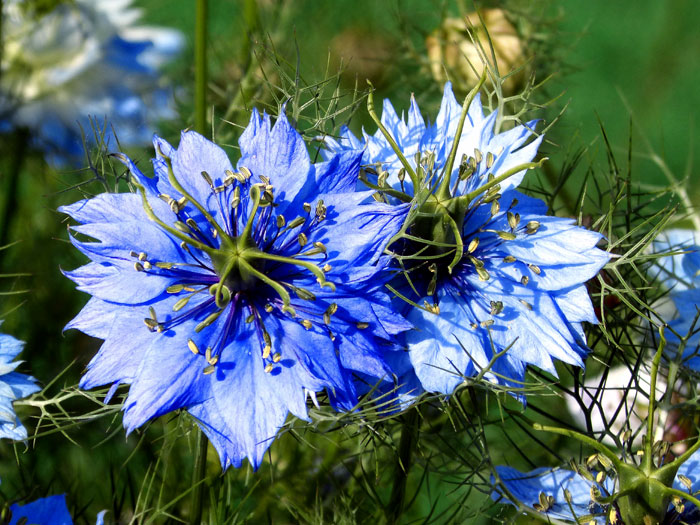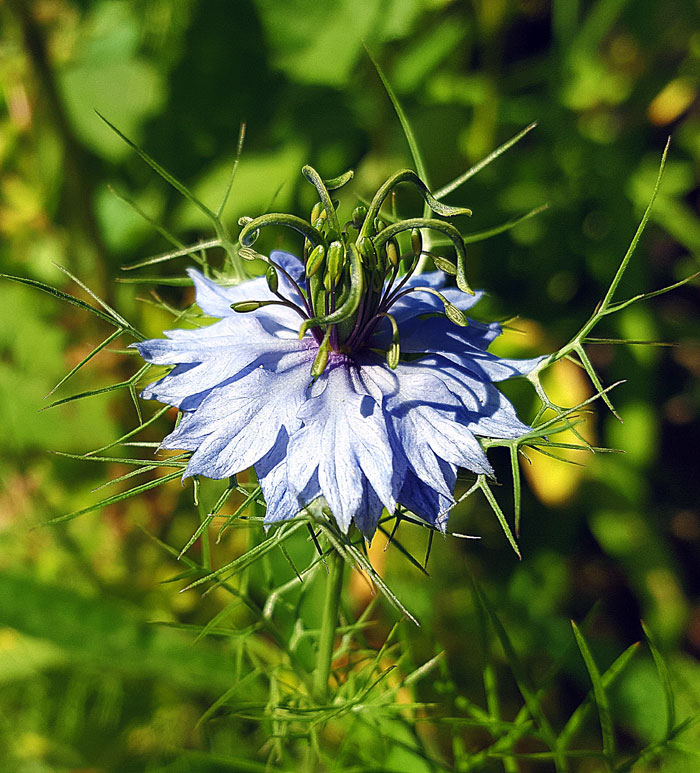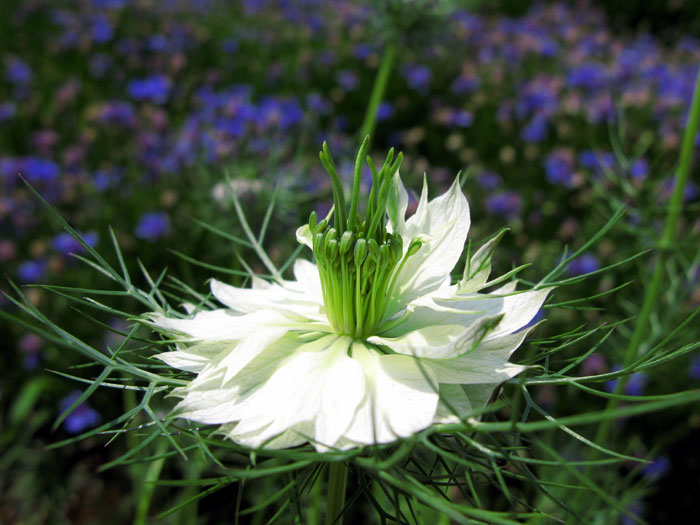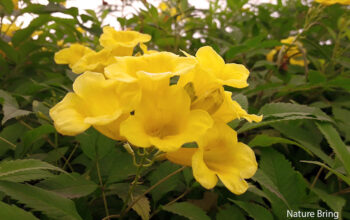Growing Nigella (Love-in-a-Mist plants)
Nigella damascena, it is commonly called Love-in-a-Mist. It is a very beautiful flower, but a short-lived annual flower. Love-in-a-Mist plants are showy and attractive and grow to a height of 15-25 inches. Learn How to Grow Nigella Damascena, Growing Love-in-a-Mist plants and care about this plant.
This plant is easy to take care of and you can plant this unusual flower in your garden. Nigella Damascena is Blue, white or pink flowers, it gives a feeling of double flower due to mist. This flowering plant is planted on containers and mixed borders due to the attractive display and adds a new dimension to the landscape.
Nigella Damascena overview
Scientific name Nigella Damascena
Common name Love-in-a-Mist, Black cumin
Plant type Flowering plant
Sun required Full Sun, partial shade
Flower colors Blue, Purple, White, and pink
Blooming time Late spring to fall
Soil Well-drained
Soil pH 6.6 -7.5
Zone 2- 11
How to grow Nigella
Soil and location
Nigella is not particularly specific about soil quality, Nigella performs best in nutrient-rich, well-drained fertile soils. It can tolerate some dry conditions, it does not like to sit in wet soil. This is the reason neutral soil is best for this. It can be grown in other types of loam soil but mix a sufficient amount of manure and sand. Love-in-a-mist should be planted in full sunlight, it requires at least 6-8 hours of sunlight daily.
Sowing
It should be sown when the soil temperature is around 40 ° F (16 ° C) at the beginning of spring. The nigella plant performs well between 65 –72 ° F. Growing season should be sown 3 to 4 times in 2-3 weeks to get continuous flowering. Cover with light soil for germination success., keep the soil moist until the time of seed germination.
Sowing Seeds outdoor
Love-in-a-Mist can flourish in any soil, but there is sufficient drainage in the soil. But set such a place where the full sun comes, you will get the best results. This plant tolerates partial shade. You can plant directly in the garden immediately after frost eliminates all danger. Apply its seeds at a depth of about 1/8 inch, you can sow 3-4 seeds at once, after germination you can make a thin planting. Separate the plant by 7-8 inches, this is ideal.
* The Nigella plant blooms for a short period from late spring to early summer, so it is good to sow its seeds two or three times.
Indoor Seed start
If Nigella plants want to grow at home, start indoors about 4-6 weeks before the last average frost. Fill the seed starting medium in the seed tray and sprinkle at least 3-4 seeds in each cell, and cover lightly with the seed starting medium. To retain moisture, make a slight mist of water and cover it with a plastic sheet. Keep the seed tray at a temperature of 65 -70 ° F, germinating in about 7 to 14 days. If you want to transplant, then sow at least 5-7 weeks before the last cold.
Fertilizer
Use a general-purpose fertilizer in the soil before growing plants, and then feed it once a month with a light application of organic fertilizer.
Spacing
Keep at least 11 “space around each way of plants. Keep a minimum of 11” between the rows.
Nigella Plants care
Once the nigella plant is established, self-sows occur automatically. Therefore, when plants are small, only give them the desired place.
Thin seedlings to prevent overcrowding or encroachment on the plants.
Continue to separate deadheads regularly, removing voluntary seedlings and seedlings, which reduces the density of new seedlings.
If you do not want to plant nigella again next year, collect the seed pods in a cool and dry place after the flowers wilt on the plant.
Nigella varieties
These plants come in a wide range depending on different colors and sizes, the color is usually blue. Its large flower sepals (double flowers) also come for cultivation.
Miss Jekyll
These are semi-double flowers of soft blue color. They are easily available and are cultivated most.
Miss Jekyll Alba
Its color is pure white and has semi-double flowers.
Oxford Blue
It has a long variety and the flowers are dark blue.
Persian Jewels
Its flowers are double and there is a mixture of colors. The flowers have a mixture of shades of purple, pink, lilac, light blue, and white.
Mulberry Rose
Its flowers are dark pink in color.
Read also: Coreopsis, Growing Tickseed. Know how to grow Pansy flowers. Poppies growing and care tips. 11 Best winter flowers for your garden. 9 Easy growing Herb for your garden. How to grow Croton in containers. Growing Colchicum in your garden. Kohlrabi growing and care guide. Coriander Growing and care in containers. Plumeria growing and caring guide. Geranium growing and caring tips. Anthurium plant Growing indoors. Ranunculus flowers growing guide.
For Pin:







